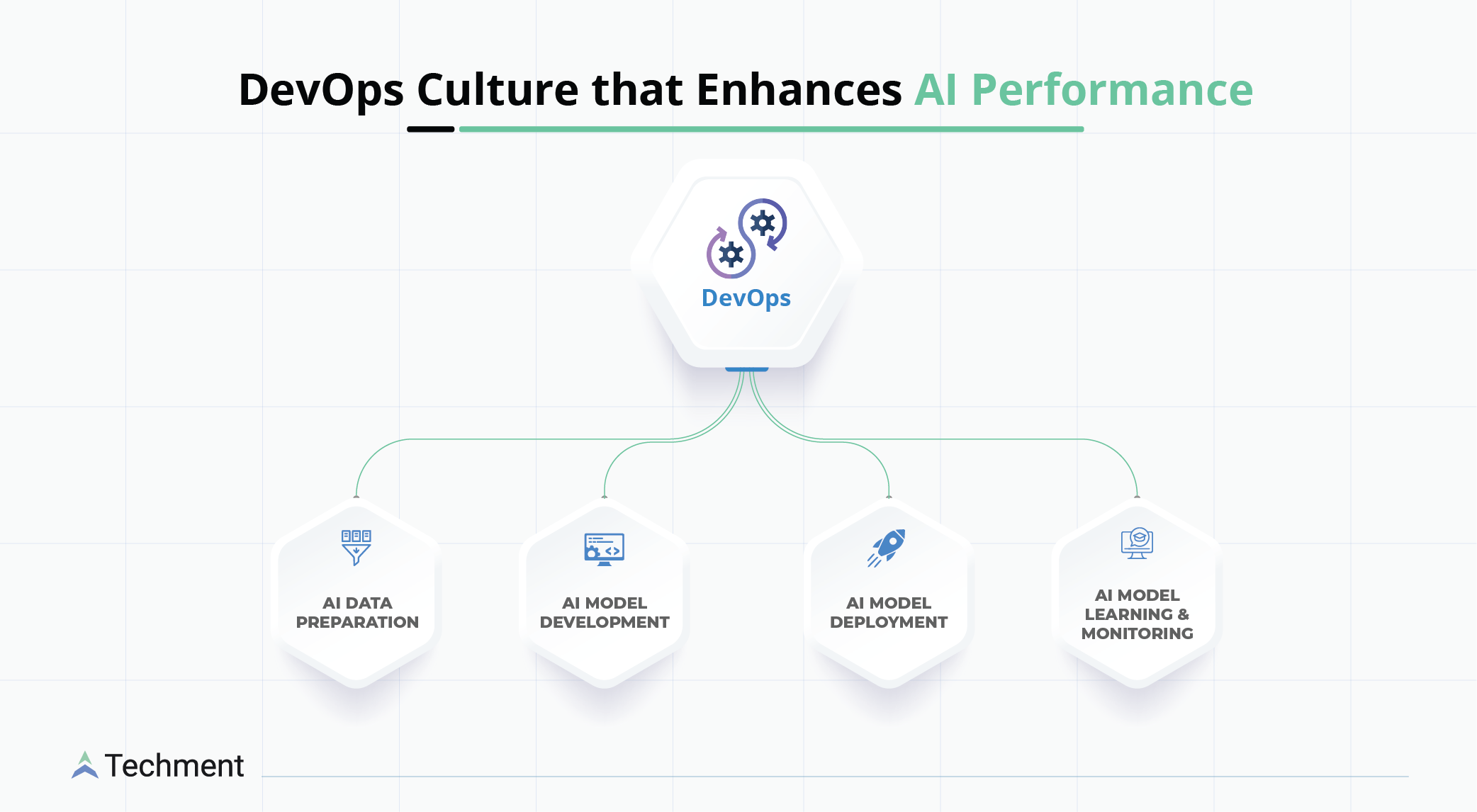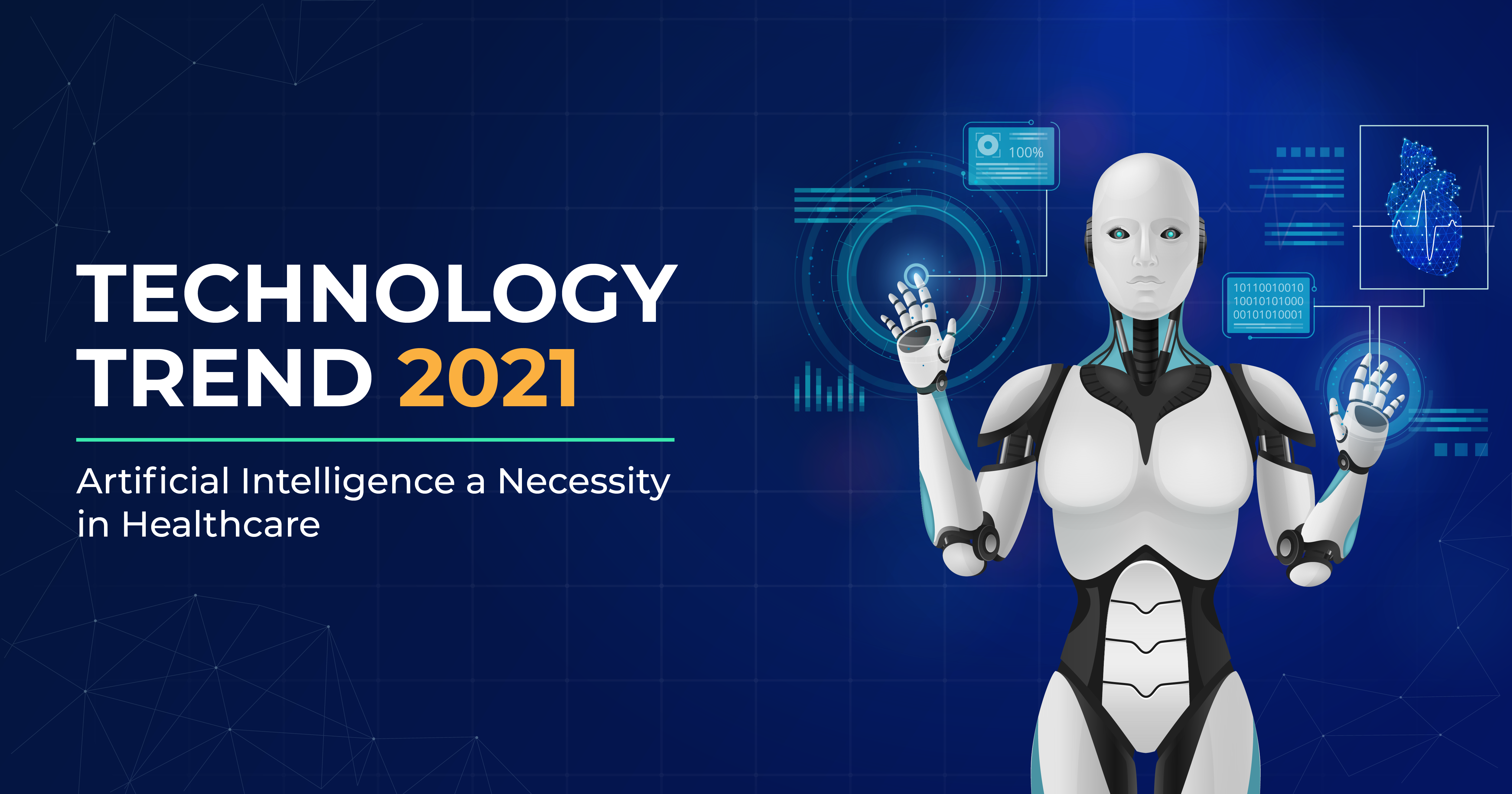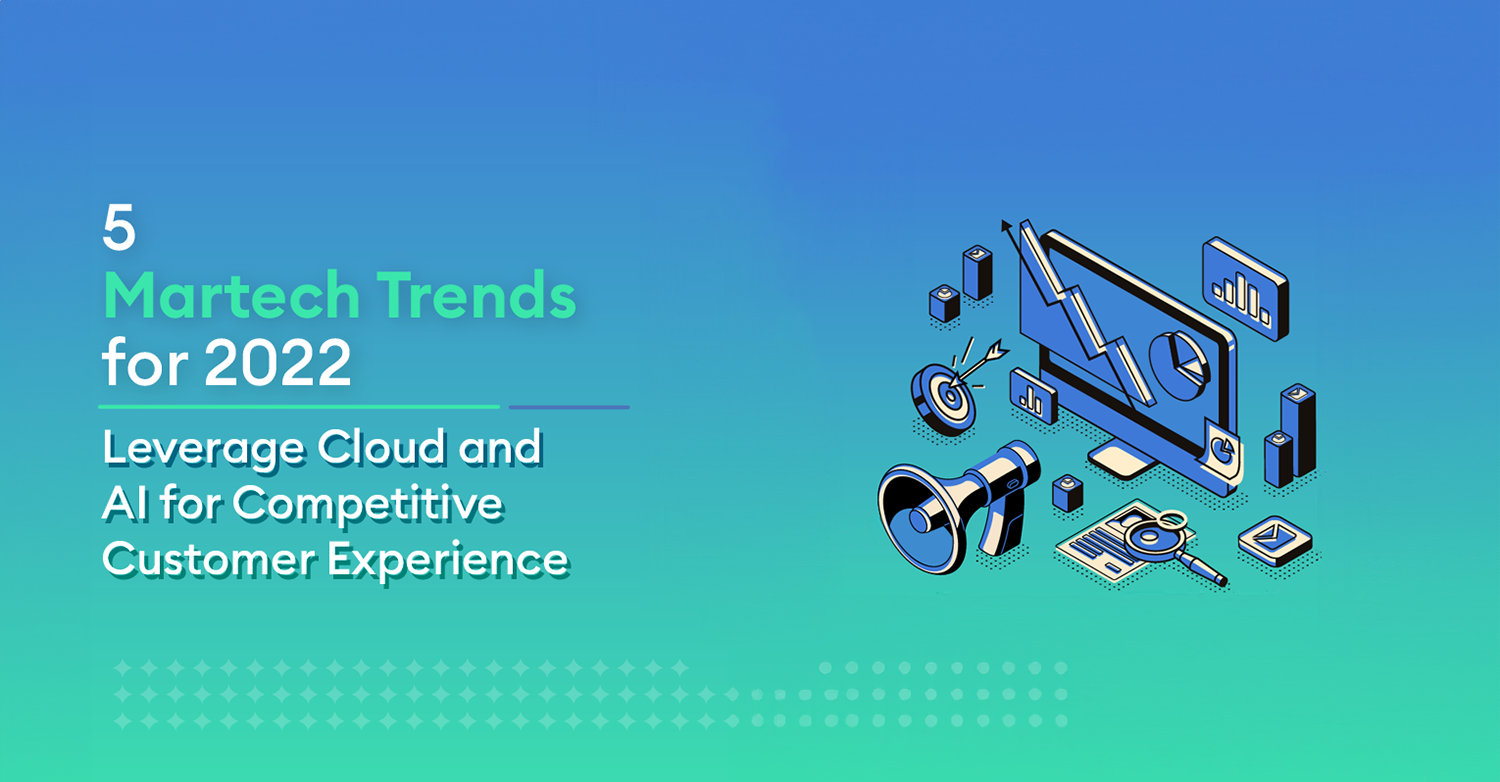Continuous Integration and Improvement Facilitates Scaling of AI
Artificial intelligence (AI) is changing the way businesses operate fundamentally today, from the way they communicate with their customers through virtual assistants, to the automation and even the management of network security. The past year saw a number of new strategic priorities for companies that needed to work to meet the needs of their customers while finding ways to be more profitable, more responsive, and make decisions faster. Companies that can overcome barriers to adoption and distribution and leverage AI and automation tools to address these challenges will be able to deliver value to AI in 2022.
While many companies have tried new ways to achieve promising results in AI model development, these practices hold great promise:
- The integration of product development into IT operations (commonly referred to as DevOps)
- The focus is on continuous delivery. Both focus on automation, continuous monitoring, and sharing of information and processes throughout product development and IT operations.
DevOps is the combination of processes and culture that brings the development and operation teams together for a faster software development process. As development and testing run parallel, it makes the process smooth, thus improving the scope of updating and delivering the application at a faster pace.
DevOps never concludes, it’s an infinite loop of constant activity of improvement!!!
With DevOps (How DevOps is changing application infrastructure landscape?) enabling a shorter development phase, lesser deployment failures, improved efficiency, and collaboration, other technologies need such implementation to scale their benefits for the furtherance of adoption by organizations. DevOps is now a de-facto standard that focuses on processes that support applications. Overnight adoption of change and innovation are often repelled by people and systems and this is more intense in the case of intelligent technologies.
According to a survey of IBM in partnership with Morning Consultant, “From Roadblock to Scale: The Global Sprint Towards AI”, 78% of respondents find difficulty in AI deployment.
Companies looking forward to the next wave of advancement with AI- ML need DevOps to facilitate continuous delivery, deployment, and monitoring. It has the potential to stabilize and streamline the AI model release process through continuous integration (CI) and continuous deployment (CD) principles for better operationalization from design to production, faster implementation, and automation of these technologies.
How does DevOps facilitate AI?
For the right artificial intelligence (AI) development processes in place and for the correct time of execution, companies implementing DevOps in AI will observe the following advantages:
- Speed-Up Process: For many companies, AI development is still new and for such a new operation, a testing environment needs to be created. A time-consuming process of deploying code to software and then testing becomes cumbersome. DevOps eliminates such time-consuming tasks, hence faster time-to-market.
- Enhances Quality: AI heavily depends on the quality of data processed by them. Training AI models on bad data lead to skewed responses resulting in a bad outcome. When unstructured data appears in the AI development process, the DevOps process helps in cleaning datasets and improves model quality.
- Scales AI: As AI has too many roles and processes, scaling it is a challenge. DevOps unburdens the AI with faster delivery and eliminates rework and allows team members to focus on the next step.
- Brings Stability in AI: Continuous integration is one process in DevOps that prevents the release of products in case any fault appears. Hence, support the release of an error-free model, which is more reliable and stable.
How Executions from DevOps Culture will Improve AI Performance?
AI has transformed many business processes and developed many but still faces challenges as it requires a large number of human efforts and technologies are emerging to address them. Obtaining a dataset, training, cleaning, and predicting seems more complex. Building a smooth generalized training pattern i.e., bringing a particular technique from one circumstance to another, is a different challenge.
For more striking results businesses should bring change in the operational processes like DevOps culture which produces an efficient development, deployment, and operation pipeline. Make AI operations adaptable with DevOps culture in these stages:
 1. AI Data Preparation: Dataset preparation is the process of transforming raw and running through machine learning algorithms and converting them into insightful ones to make predictions. Since the data preparation steps vary according to industry, some basic steps involved are collecting, cleaning, transforming, and storing data which consumes the maximum time of data scientists. To incorporate DevOps into data processing, automating the process is the only way to handle this pipeline. This is also known as “DevOps for Data” or “DataOps”.
1. AI Data Preparation: Dataset preparation is the process of transforming raw and running through machine learning algorithms and converting them into insightful ones to make predictions. Since the data preparation steps vary according to industry, some basic steps involved are collecting, cleaning, transforming, and storing data which consumes the maximum time of data scientists. To incorporate DevOps into data processing, automating the process is the only way to handle this pipeline. This is also known as “DevOps for Data” or “DataOps”.
DataOps uses technology to automate the design, deployment, and management of data delivery. DevOps brings team support and streamlines the delivery of work.
2. AI Model Development: The difficult as well as a prominent part in developing AI/ ML model is its development and deployment and keeping the environment operational and supportable. The team leading the development process should automate in development pipeline through processes for parallel development, parallel testing, and model versioning. As AI/ ML (How do AI/ ML benefit small and large businesses?) projects revolve around real-world use cases in real-time, frequent and small iterations must be used during the development process and then put into production.
This implies CI/ CD approach for AI/ ML and here are some ways how it works:
- As AI/ ML is based on experiments and iteration of models, it takes ample time to build, train and test the model. So carve out a separate workflow and accommodate different timelines for building and testing.
- This isn’t a one-time construction model but the consistent improving model that can deliver value without compromising. So collaborating with the team to consistently improve the practice, error check will improve the model lifecycle and its evolution.
3. AI Model Deployment: DevOps methods make AI models portable and modular to handle incoming streams of data in real-time on highly scalable and distributed platforms. Such architecture boosts the AI operation. As enterprises are involved in the production of AI several challenges emerge like:
- Maintaining traceability,
- Recording experiments,
- Searchability of models,
- Visualizing model performances, etc.
For this DevOps and IT teams heavily need collaboration i.e., they need central store model artifacts, ML engineers need to rearchitect the production model. Hence, seamless teamwork between data scientists, IT, and DevOps teams becomes important. In brief:
- DevOps team needs to monitor the system for health checks.
- Data scientists need to monitor model degradation, testing, etc and collaborate with the DevOps team.
MLOps, or machine learning operations, is another way of the culmination of people, processes, practices, and underlying technologies that automate the implementation, monitoring, and management of AI/ML models in production in a scalable and fully governed manner. Creating an MLOps foundation enables data development and production teams to work collaboratively and leverage automation to deploy, monitor, manage and govern services and machine learning initiatives within an organization, process, and culture.
4. AI Model Learning and Monitoring: DevOps is a well-known and widely used practice in software development. It’s proven and allows teams to shorten development cycles and make releases smoother and faster. AI / ML models can produce predictive results that change, or “drift” from the original parameters that were defined during the training period. The identification of the drift category will determine the corrective actions necessary to bring the forecast performance back to an acceptable level. This brings DevOps with the concept of continuous learning to monitor drift and accuracy to stay relevant for a longer time.
Continuous improvement in DevOps requires an organizational commitment to continuous learning and mastery at the most advanced level. Skills are required to include the implementation and operation of advanced operating practices, advanced continuous testing, and observability.
To conduct continuous improvement and learning consider the following practices:
- Conduct continuous feedback from data scientists.
- Identify and conduct training goals for each role in AI application.
- Set training goals for data scientists, DevOps teams, and IT leaders and make sure access to tools and resources are available to teams.
When you launch AI, you use automation in a meaningful way that covers all business operations. To deliver maximum value, any model development process must be both accessible and extensible. Truly exceptional solutions not only democratize access but are also proven to be robust and flexible enough to support the business goals.
Continuous Integration will Speed Up the AI Modeling
For most businesses, software development and implementation involve an iteration period in which all changes are stopped, i.e. development is no longer allowed, and a period of time when all changes are stopped. At the same time, a separate team must set up the supporting technology infrastructure, a process that can only take a few weeks. The version should not be distributed until all of these steps are completed.
The problem with many companies is that they abandon their AI development process, so they lag behind those who realize the scalability of technology and cultural practices. The expansion and creation of a fully automated AI model need a combination of DevOps culture and technologies. Focusing on the most profitable automation opportunities is the most productive way forward. To support these opportunities, developers must integrate sophisticated automated testing into their IT architectures. While companies can often prepare to change their AI development processes, continuous delivery is therefore required. Continuous deployment (CD) increases the speed of companies to market high-quality products and services.
Development teams can learn and make decisions quickly based on data that affect development and performance. At Techment Technology, we focus on DevOps culture and facilitate the development and modeling process for clients.
 All Posts
All Posts


